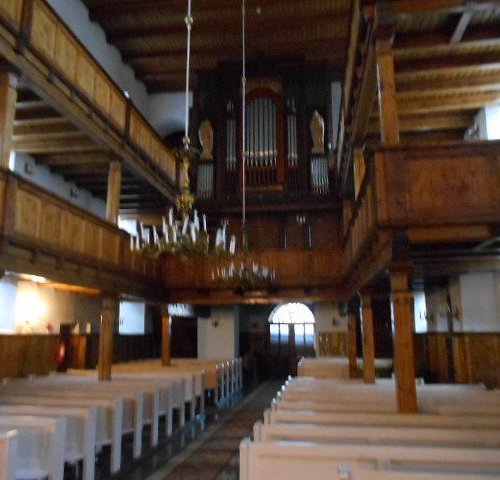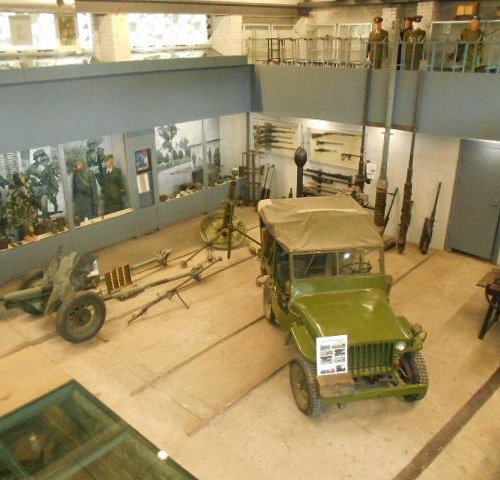Top 10 Sights & Landmarks in Jogeva County, Jogeva County
Discover the best top things to do in Jogeva County, Estonia including Puurmani Manor, Rajakula Old Believers' Worship House, St. Nicholas' Church, Kuremaa Mill, Kassinurme Fort and Sacred Grove, Holy Trinity Church, Jogewa Museum, Poltsamaa Castle, Kuningamae kardirada, Kukita Old Believers Prayer House of the Estonian Association of Old Believers Congregations.
Restaurants in Jogeva County
1. Puurmani Manor
Overall Ratings
5.0 based on 3 reviews
The magnificent Neo-Renaissance style manor with a white main building was built during the time of G. J. Mannteuffel in 1860. In 1918 Julius Kuperjanov established a partisan battalion in Puurmani castle. At present the castle houses Puurmani Upper Secondary School. Puurmani castle has also been included in the programme of the summer tour Forgotten Manors.
2. Rajakula Old Believers' Worship House
Overall Ratings
5.0 based on 1 reviews
It is believed that the Raja congregation of Old Believers was established in the first quarter of the 18th century. The congregation was given permission to build its own church only in 1879. The church was destroyed during the Second World War – the only thing left is the belfry. The present worship house has 11 rooms. In 1854–1930 Gavriil Frolov lived in the worship house. He taught children icon-writing, reading and writing in Old-Slavic, also singing based on old musical notation.
3. St. Nicholas' Church
Overall Ratings
4.5 based on 2 reviews
This Lutheran church, originally constructed on a bastion and the town's walls, was restored from its war-time ruins 50 years ago. Its altar, pulpit, lights and tower bells (XIX) are from the now defunct University of Tartu church.
4. Kuremaa Mill
Overall Ratings
4.5 based on 5 reviews
The fully renovated Kuremaa mill reopened in 2009. The first floor is home to a party room with its own fireplace and a sales counter, while the second floor is the perfect place for exhibitions and training events. The third floor hosts a display on the Dutch-style windmills that can be found in Estonia - including its most impressive piece, a model of the Kuremaa windmill. On the top floor you can admire the views over Vooremaa from the narrow windows.
5. Kassinurme Fort and Sacred Grove
Overall Ratings
4.5 based on 2 reviews
The Kassinurme ancient area was established 7000 years ago and the fort 2000 years ago. The sacred grove was discovered when the settlement was established and it is one of the oldest sacred places in Estonia. A fragment of the ancient fort has been restored. At present the sacred grove is the favourite place for history enthusiasts who organise ancient war games there, revive old folk customs and celebrate folk calendar holidays. The health trail lets visitors see the varied nature of the region and enjoy beautiful surface forms.
6. Holy Trinity Church
7. Jogewa Museum
8. Poltsamaa Castle
Overall Ratings
4.0 based on 16 reviews
Poltsamaa's stone fortress was constructed on the banks of the river in 1272. Between 1570 and 1578 it was the residence of Livonia's King Magnus. Repeatedly pillages, the castle was rebuilt by Woldemar Johann von Lauw in the 18th century as a grand rococo-style palace. The castle, and the church built into its cannon tower, burnt down in 1941. The church was restored by 1952, and the castle ruins came under preservation during the 1970s.Did you know...?- The forecourt of the castle hosts open air events- The round courtyard holds a tourist information point and the Poltsamaa Museum; a wine cellar with a food museum; the Estonian Press Museum; the pART Gallery; clay, handicraft and other workshops; and the castle's restaurant.
9. Kuningamae kardirada
10. Kukita Old Believers Prayer House of the Estonian Association of Old Believers Congregations
Overall Ratings
4.0 based on 1 reviews
The first prayer house of Old Believers in Estonia is located in Kukita. The Kukita Prayer House was consecrated on September 14, 1740. During the war of 1812, the Cossack Old Believers donated a chandelier to the Prayer House. There were a total of 397 Old Believers in the list of parishioners of the Kukita congregation by 1833. The current Prayer House was built in 1948 in place of the one destroyed in World War II.Old Believers have services every Sunday and on all holidays (Christmas, Pascha and Epiphany).










